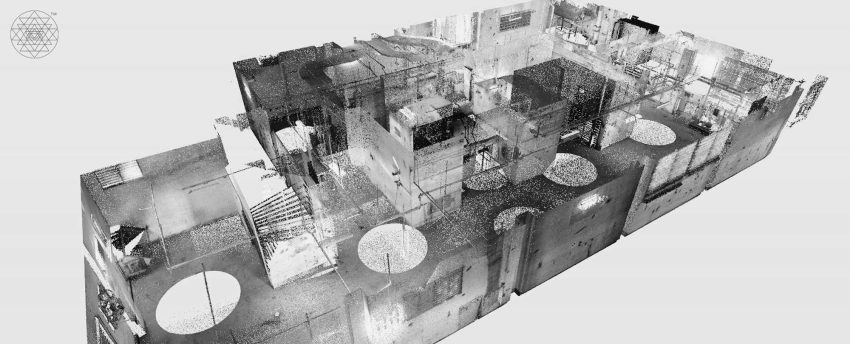In the realm of construction and architecture, the integration of cutting-edge technology has revolutionized the way projects are planned, executed, and monitored. One such innovation is the transformation of point cloud data into Building Information Modeling (BIM). This convergence of technologies not only enhances the accuracy of project visualization but also streamlines the entire construction process. This article delves into the significance of visualizing construction projects through point cloud to BIM, exploring its benefits, challenges, and the future it holds.
Understanding Point Cloud Data
Point cloud data is a collection of numerous data points captured by 3D laser scanners or LiDAR (Light Detection and Ranging) devices. These points form a detailed representation of the physical characteristics of a structure, capturing its geometry and spatial attributes. Point cloud data provides a precise and comprehensive digital twin of the real-world site, serving as the foundation for creating an accurate BIM model.
Building Information Modeling (BIM) Explained
BIM is a digital representation of a construction project, encompassing not only the physical aspects but also data related to materials, costs, scheduling, and more. BIM facilitates collaboration among various stakeholders, offering real-time insights into the project’s lifecycle. Integrating point cloud data into BIM enhances its accuracy and relevance, making it an indispensable tool for architects, engineers, contractors, and project managers.
Benefits of Visualizing Point Cloud Data in BIM
Precision and Clarity: Point cloud data eliminates guesswork by providing an exact representation of the existing conditions of a site. This accuracy translates directly into the BIM model, resulting in well-informed decisions and reduced errors during design and construction phases.
Enhanced Visualization: Combining point cloud data with BIM creates a visually rich environment where stakeholders can virtually explore the project before it’s built. This helps in identifying clashes, design discrepancies, and potential issues, minimizing costly changes during construction.
Efficient Retrofitting and Renovation: For renovation or retrofitting projects, point cloud data allows existing structures to be captured accurately, aiding in the precise integration of new elements. BIM ensures that new components align seamlessly with the old, saving time and resources.
Challenges and Considerations
Data Processing: Handling large volumes of point cloud data can be challenging. Efficient data processing and storage solutions are crucial to avoid overwhelming the project’s infrastructure.
Skillset and Training: Utilizing point cloud data and BIM requires a certain level of expertise. Training the workforce to effectively navigate these technologies is essential for reaping their benefits.
Interoperability: Ensuring compatibility between various software used for point cloud data processing and BIM is vital. Smooth data exchange guarantees a seamless integration process.
Data Accuracy: While point cloud data is highly accurate, occasional errors might occur due to factors like scanner calibration or environmental conditions. Quality control measures are necessary to validate data accuracy.
Future Outlook
The convergence of point cloud data and BIM holds immense potential for the construction industry. As technology continues to advance, we can expect even more streamlined processes, faster data processing, and enhanced real-time collaboration. Automation, machine learning, and AI-driven analytics will further refine project visualization, making it an indispensable asset for construction projects of all scales.
Conclusion
The synergy between point cloud data and Building Information Modeling has elevated the construction industry to new heights of accuracy and efficiency. By harnessing the power of accurate visualizations, stakeholders can navigate projects with greater confidence, reduce errors, and optimize resource allocation. While challenges exist, the benefits far outweigh them. As technology marches forward, the integration of point cloud data into BIM is set to become an indispensable norm in the modern construction landscape.


